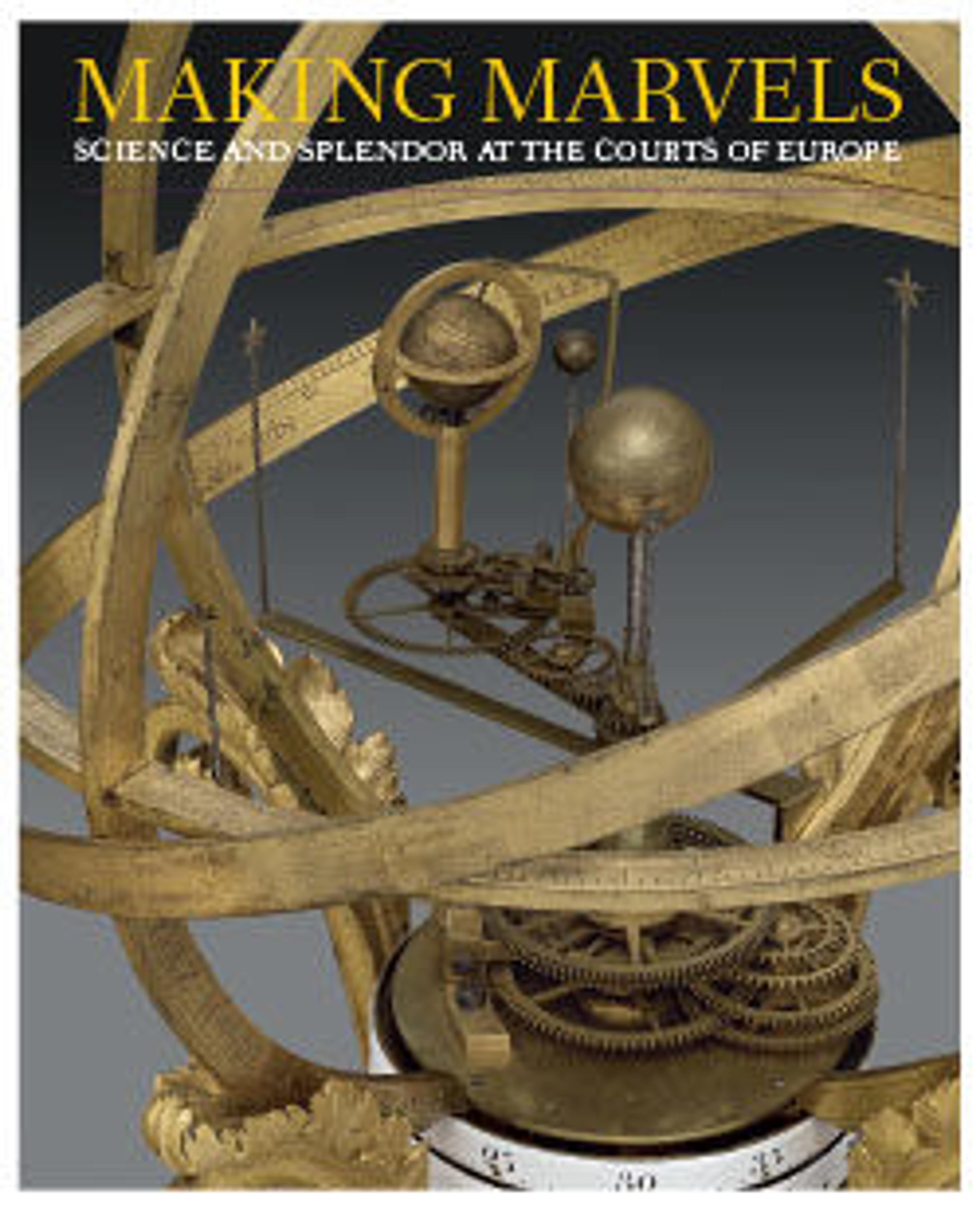Chess and goose game board
One side of this work may be the earliest example in existence of a board for playing goose, a game that was first made popular at the Medici court in Florence. Dice-throwing contestants race to the center while trying to avoid landing on certain symbols. The board’s design follows an Italian Renaissance print, but the workmanship of the inlay is likely that of Gujarati artisans in Western India, who produced various works including shell for the Northern European market.
Artwork Details
- Title: Chess and goose game board
- Date: late 16th century
- Culture: Indian, Gujarat
- Medium: Ebony, ebonized wood, ivory, horn, gold wire
- Dimensions: Overall: 1 1/8 × 16 1/2 × 16 15/16 in. (2.9 × 41.9 × 43 cm)
- Classification: Chess Sets
- Credit Line: Pfeiffer Fund, 1962
- Object Number: 62.14
- Curatorial Department: European Sculpture and Decorative Arts
More Artwork
Research Resources
The Met provides unparalleled resources for research and welcomes an international community of students and scholars. The Met's Open Access API is where creators and researchers can connect to the The Met collection. Open Access data and public domain images are available for unrestricted commercial and noncommercial use without permission or fee.
To request images under copyright and other restrictions, please use this Image Request form.
Feedback
We continue to research and examine historical and cultural context for objects in The Met collection. If you have comments or questions about this object record, please complete and submit this form. The Museum looks forward to receiving your comments.
